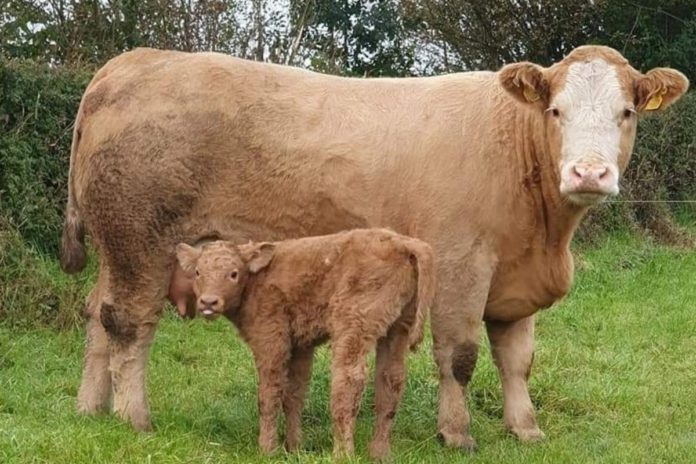Forecasts show that suckler cow numbers are “likely” to decline to just over 600,000 head by 2030.
That is according to the Teagasc FAPRI-Ireland model, which generates projections of animal numbers, fertiliser utilisation and crop areas “regularly”.
It has based its forecasts – which are conditional – on assumptions in respect of economic growth rates that prevailed before Russia’s illegal war in Ukraine, along with energy and fertiliser prices.
In the recently released publication, entitled Chair’s Progess Report on the Food Vision Beef and Sheep Group, a spokesperson commented on suckler cow numbers:
“The war has led to substantial increases in fertiliser prices and to a lesser extent in animal feed prices, that would be expected to further dampen growth expectations for cow numbers, production and emissions.”
The CSO and FAPRI-Ireland model (2021) shows suckler cow numbers have fallen from 2016 onwards year-on-year, having peaked in 1998.
Projections suggest that suckler cow numbers could fall below 1990 levels at circa 700,000, the year which appears to show the lowest suckler cow numbers for the period from 1990-2030.
Honing in on the data, from about 1998 onwards to circa 2005, numbers fluctuated, somewhat to a minor degree, remaining above the 1 million mark in many cases.
The exact opposite has occurred in most recent years, where suckler cow numbers have year-on-year fallen below the 1,000,000 mark, as previously outlined in this news article on That’s Farming.

Dairy cows
However, the model forecasts that in line with a decline in suckler cow numbers, it expects dairy cow numbers to hit record-high levels of 1.65m head in 2030.
This will mean that dairy cow numbers will be at their highest in 2023, having dipped between 2004-2010.
Along with this, it expects milk production to grow by a compound annual rate of over 1.73% over 2020-2030, compared to an observed annual growth rate of 4.8% per year over 2010-2020.
However, it has pointed to Russia’s illegal war in Ukraine, which has “led to sustainable increases in fertiliser prices and, to a lesser extent, in animal feed prices that would be expected to further dampen growth expectations for dairy cow numbers, production and emissions”.






